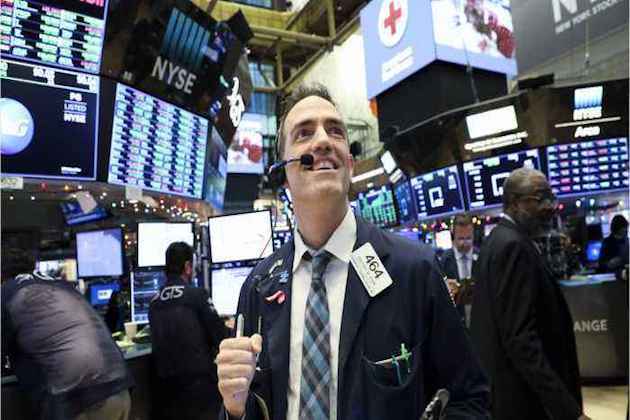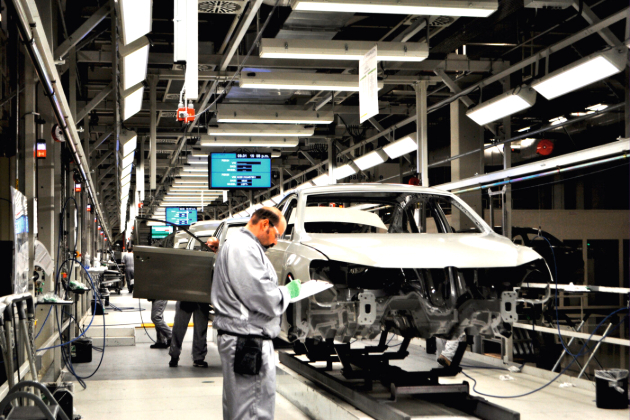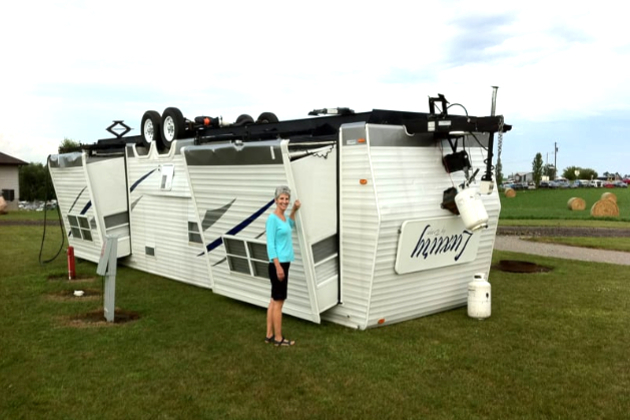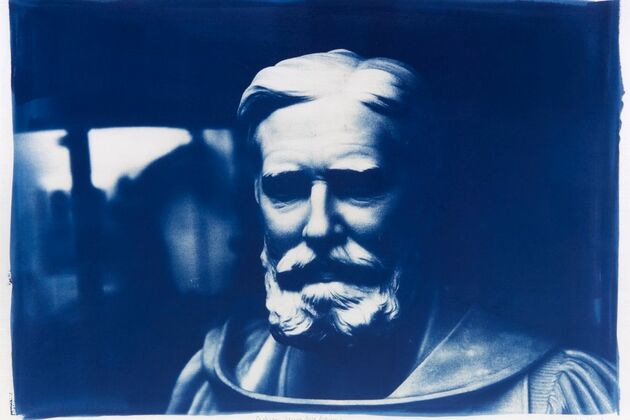The Evolution of Thermostat
Evertise
04 Jan 2022, 15:54 GMT+10

The term thermostat is a relatively new invention. It was created during the Industrial Revolution to describe a device that could automatically maintain established temperature conditions within a facility, room, or enclosure. That definition still holds today - but our understanding of what defines that "set point" has grown significantly in recent years. In addition to essential heating and cooling, our understanding of comfort has evolved to a smart thermostat that includes the effects of humidity, air quality, ultraviolet light exposure, and even smell or olfactory fatigue.

Early Home Heating Systems
In the early days of heating, the only way to control temperature was by opening or closing damper doors in a wood-burning stove. The flue gases are then heated or cooled the air until it meets the set point established by rising or falling coals and rising or falling heat from the chimney.
The First Thermostat
In 1883, a man named Warren S. Johnson developed a device capable of automatically controlling temperature conditions - the first "thermostat" as we now know it. His creation used bi-metallic expansion to open or close an air duct via a hand-operated lever, allowing users to establish their comfort conditions manually.
The first genuinely automatic thermostat was invented in 1902 by William G. Carrier, the "Father of Air Conditioning." Carrier's device used a bimetallic strip that responded to changes in room temperature, activating or deactivating an attached fan as necessary to maintain the established set point. The first known electric-powered thermostat was developed by Willis Carrier in the 1920s. It used a network of mercury-filled tubes to sense temperature changes, activating or deactivating heating elements as necessary.

Electric Thermostat Evolution
Electric-powered home thermostats continued to be improved over the years, utilizing bimetallic sensors and resistive heating elements as the primary means of temperature control. In 1936, Henry G. Mather and Nathaniel B. Wales developed a thermistor that could respond more quickly and precisely than traditional bimetallic devices.
However, early thermistors had significant problems with hysteresis and drift. In addition to the mercury vapor thermostat developed by Carrier, other scientists were busy with their ideas for more accurate temperature control. They all shared one goal: to eliminate the unpredictability of bimetallic devices to improve comfort conditions and reduce energy consumption.
Digital Thermostat
In the 1960s, much progress was made toward a digital thermometer. In 1958, RCA developed the first all-transistorized programmable thermostat - but it wasn't until 1967 that Honeywell developed a fully integrated device that could maintain an average within one degree Fahrenheit for more than 40 hours. This device heralded the age of digital temperature control.
Modern Programmable Thermostat
Since this significant improvement in comfort, many improvements have been made to programmable thermostats. Today's devices can be mounted on walls or placed on tables for greater convenience; some models are even battery-powered and fully portable. In addition, digital models now feature LCD screens and touch-sensitive controls. The display can be as simple as a single line of text indicating current temperature or weather conditions, including icons and other graphics.
In addition, you can find thermostats that display the setpoint, humidity levels, time, and date - even indoor air quality indexes and alerts for open windows. Electric-powered models can be a true "set and forget," or they can offer a wide range of features, allowing you to schedule automatic changes in temperature settings for different times of day and days of the week.
Digital thermostats have made it easy to not only maintain but also customize our office and home temperatures.

Smart Thermostats
Thanks to the Internet of Things, digital thermostats can now communicate with nearly any other device in your home. You can program your thermostat so that it automatically changes depending on who is at home, whether you're there or not, and exactly when you will be back. Some models even integrate directly with HVAC systems, monitoring conditions and adjusting the temperature accordingly.
All of these features add up to one thing: a smart thermostat, communicating with other devices on your network to create an automated lifestyle that is more energy-efficient and comfortable.
Conclusion
In conclusion, there have been many evolutions in the technology of thermostats. At first, thermostats were made of bimetallic devices, which were less accurate than today's digital thermostats. Also, earlier versions of thermostats had static schedules that needed to be programmed by hand. These days, they are programmable and smart thermostats and can control the heating system based on the presence of someone in the home and the amount of time that someone has been gone. In addition, some models are connected to home automation systems, allowing them to control HVAC systems based on other devices in your house.
Thermostat evolution has been a long process that has changed everything from how heat is given off to making sure our houses are comfortable. This device has evolved from a box filled with mercury to a touch-screen device.
We have come a long way from the simple bimetallic strip to the more complex and user-friendly devices we use today.
 Share
Share
 Tweet
Tweet
 Share
Share
 Flip
Flip
 Email
Email
Watch latest videos
Subscribe and Follow
Get a daily dose of New Orleans Sun news through our daily email, its complimentary and keeps you fully up to date with world and business news as well.
News RELEASES
Publish news of your business, community or sports group, personnel appointments, major event and more by submitting a news release to New Orleans Sun.
More InformationBusiness
SectionU.S. stocks rally hard despite drop in consumer sentiment
NEW YORK, New York - U.S. stocks rallied hard on Friday, boosted by strong rises around the world. Investors shrugged off a decline...
Maserati cancels electric MC20 plans over low demand
MILAN, Italy: Maserati has scrapped plans for an electric version of its MC20 sports car, citing low expected demand for the high-performance...
Volkswagen to slash 1,600 jobs at Cariad by year-end
BERLIN, Germany: Volkswagen is set to cut 1,600 jobs at its Cariad software division by the end of the year, affecting nearly 30 percent...
Travel to and from Israel to be boosted by terminal reopening
The principal terminal, Terminal 1, at Israel's largest airport will reopen at the end of this month, having largely been closed since...
Tech stocks lead renewed selling on Wall Street
NEW YORK, New York - The knee-jerk introduction of trade tariffs by President Donald Trump continues to rattle markets with all the...
Ford to invest up to $4.8 billion to revive struggling German unit
FRANKFURT, Germany: Ford announced this week that it will inject up to $4.8 billion into its struggling German unit to stabilize its...
International
SectionChina now dominates shipbuilding; US faces security risks
WASHINGTON, D.C.: In the past 20 years, China has become the world's top shipbuilder, producing more than half of all commercial ships....
New York fires 2,000 prison guards after wildcat strike
ALBANY, New York: New York fired over 2,000 prison guards this week for not returning to work after a weeks-long strike that disrupted...
China hits Canadian agriculture with tariffs in trade retaliation
BEIJING, China: China has announced new tariffs on Canadian agricultural and food products in retaliation for Canada's recent duties...
One dead, three injured as RV flips in Texas storm
ENNIS, Texas: A man died, and three of his family members were injured when their RV flipped several times during a strong storm at...
Man not the product of evolution, world-acclaimed naturalist argued
One halcyon spring day in 1903, the 69-year-old anatomist and naturalist Dr. James Bell Pettigrew sat at the top of a sloping street...
Fighter jets intercept plane near Trump’s Florida home
WEST PALM BEACH, Florida: Air Force fighter jets have stopped a civilian plane that entered restricted airspace near Donald Trump's...













